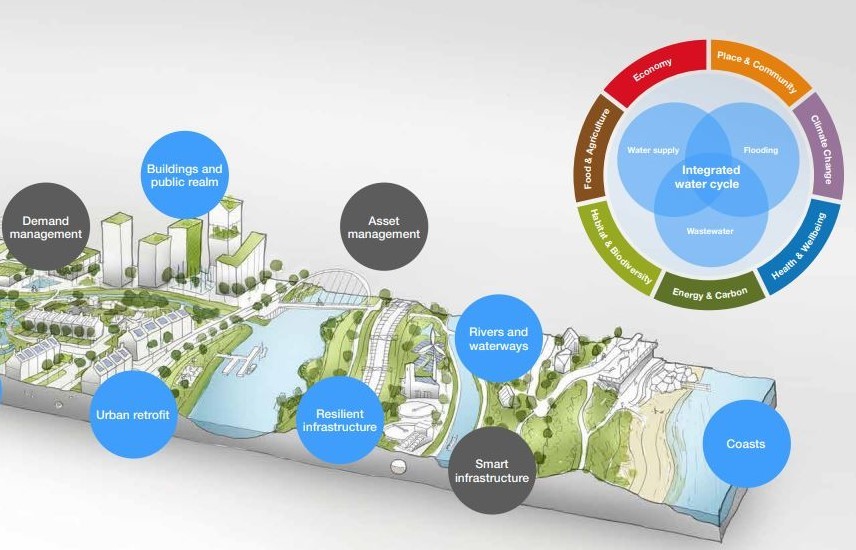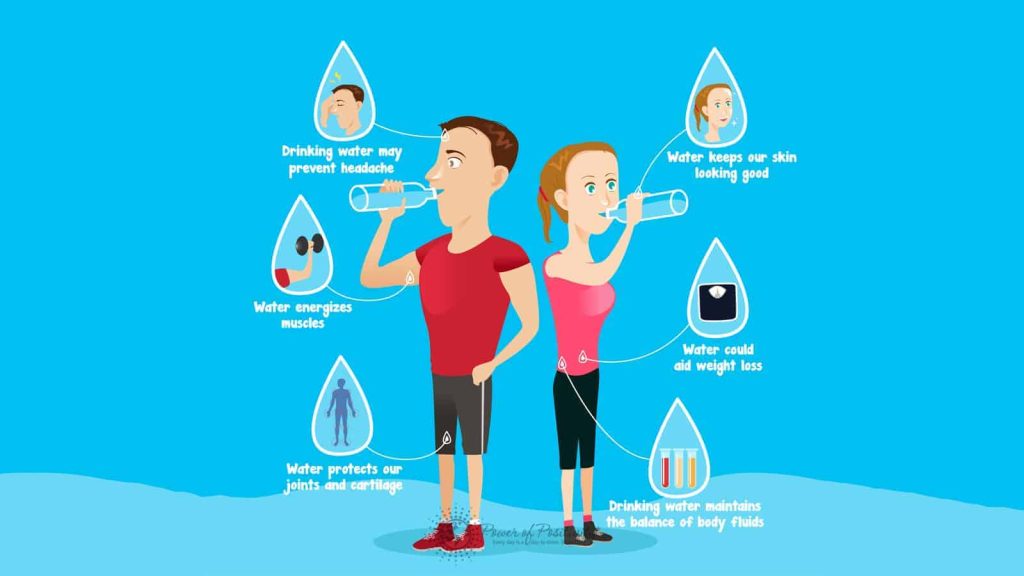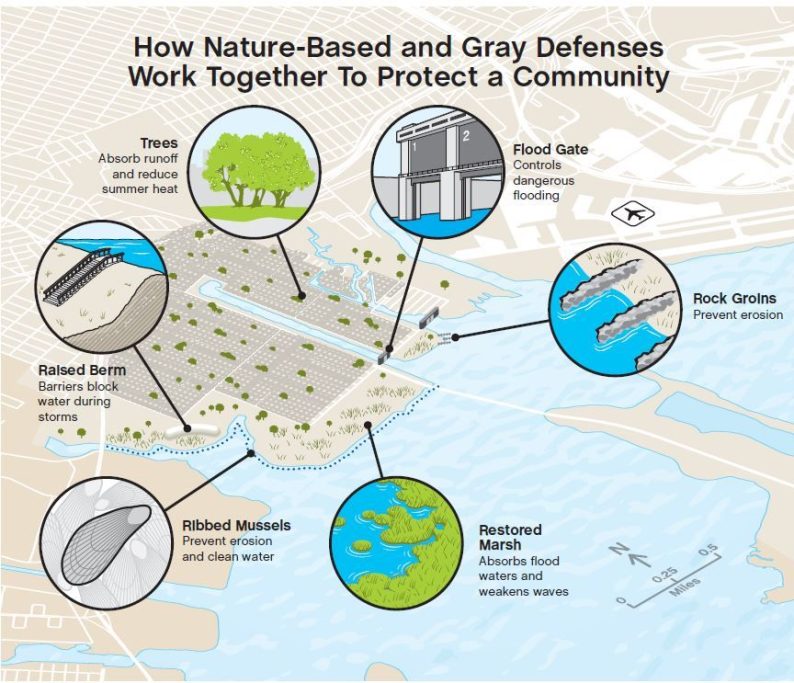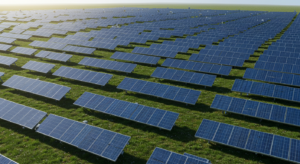Introduction
Urban areas are booming, but water scarcity looms as a critical challenge. How can cities be designed to increase water efficiency without compromising water quality? This article examines the integration of water conservation measures in urban design, focusing on planning, management, and utilization of existing water resources.

1. Understanding Water Needs and Consumption
A. Water Use and Consumption Patterns
Analyzing per capita water consumption helps urban planners understand water demand, and guides the planning process for water conservation.
B. Water Availability and Scarcity
The relationship between water availability and consumption emphasizes the need for water conservation initiatives to ensure enough water supply for all.

2. Strategies for Urban Water Conservation
A. Water-Sensitive Urban Design
Water-sensitive urban design (WSUD) integrates the entire water cycle, promoting water conservation through sustainable water management.
B. Low Water Landscaping and Outdoor Water Use
Low water landscaping and careful planning of outdoor water use can significantly reduce water consumption.
C. Gray Water and Water Reuse
Using gray water and water reuse strategies conserve water by employing non-potable water for non-drinking purposes.
3. Policies and Frameworks for Water Management
A. Water Policy and the Water Framework Directive
Water policy and frameworks such as the Water Framework Directive guide the implementation of water conservation measures and management of water resources.
B. Water Efficiency Measures and Guidelines
Standards set by bodies like the American Water Works Association outline water efficiency measures, helping cities reduce water use.
C. Integrated Water Management
Urban planning must involve integrated water management, considering all sources of water and working in favor of water conservation.
4. Case Studies: Success Stories in Water Conservation
A. Urban Form and Water Conservation Practices
Examples from various urban and regional planning initiatives demonstrate how urban form can favor water conservation, such as sustainable urban drainage systems.
B. Long-Term Water Planning and Local Water Initiatives
Long-term water planning in local water initiatives reflects how urban areas can increase water supplies through conservation strategies.
5. Challenges and Future Directions in Water Conservation
A. Balancing Water Demand and Quality
Balancing high water use with the quality of water delivered requires careful planning for water conservation.
B. Addressing Water Shortages and Infrastructure Needs
Water shortages and the need for robust water infrastructure emphasize the importance of planning for water conservation and the implementation of various water conservation options.
Conclusion
The integration of water conservation measures in urban design is not just an option but a necessity. From the definition of water needs to the impact on water systems, urban water conservation plays a pivotal role in ensuring water security.
Whether it’s reducing water consumption, employing water storage techniques, or fostering water conservation practices, the future of urban areas rests on smart planning and design. Let us embrace a sustainable approach to water and build cities that consume less water while delivering the quantity and quality we need.




